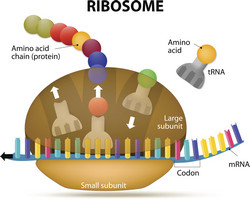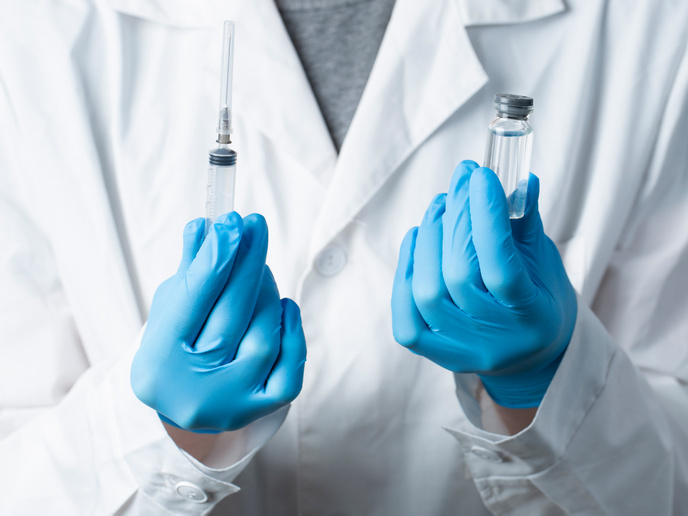Elucidating ribosome dynamics
Protein synthesis in cells takes place in specialised macromolecular structures called ribosomes made of RNA and protein. Although high-resolution analysis has provided a detailed picture of ribosomal structure, the dynamics of protein-RNA interaction remains largely unknown. This has mainly been due to the instability of complexes in vitro. Scientists on the EU-funded RSDYN (Ribosome dynamics analysed by novel cross-linking/mass spectrometry) project set out to address this challenge through novel mass spectrometry-based technologies to determine cross-linking between proteins and RNA. In their experiments, the RSDYN consortium irradiated living yeast cells and identified the part of the peptide that was cross-linked to RNA. Using this approach they precisely mapped the RNA-binding sites of hundreds of yeast proteins. This information was combined with high-resolution analysis of yeast ribosome structures and of individual protein-RNA complexes. Researches also performed genome-wide analysis of RNA targets of the novel RNA-binding protein enolase. To elucidate protein-protein interactions in ribosome complexes, the consortium used Escherichia coli strains defective in ribosome assembly and studied the alteration in ribosome composition and structure. The RSDYN method complements existing strategies based on X-ray crystallography and NMR for studying the dynamics of ribonucleoparticles such as ribosomes. This method should be highly useful in many research areas, from basic molecular biology to drug design as well as the study of protein-DNA interactions. Furthermore, the results of this study will facilitate the development of next-generation anti-bacterial drugs that target assembly factors in ribosome biogenesis.







